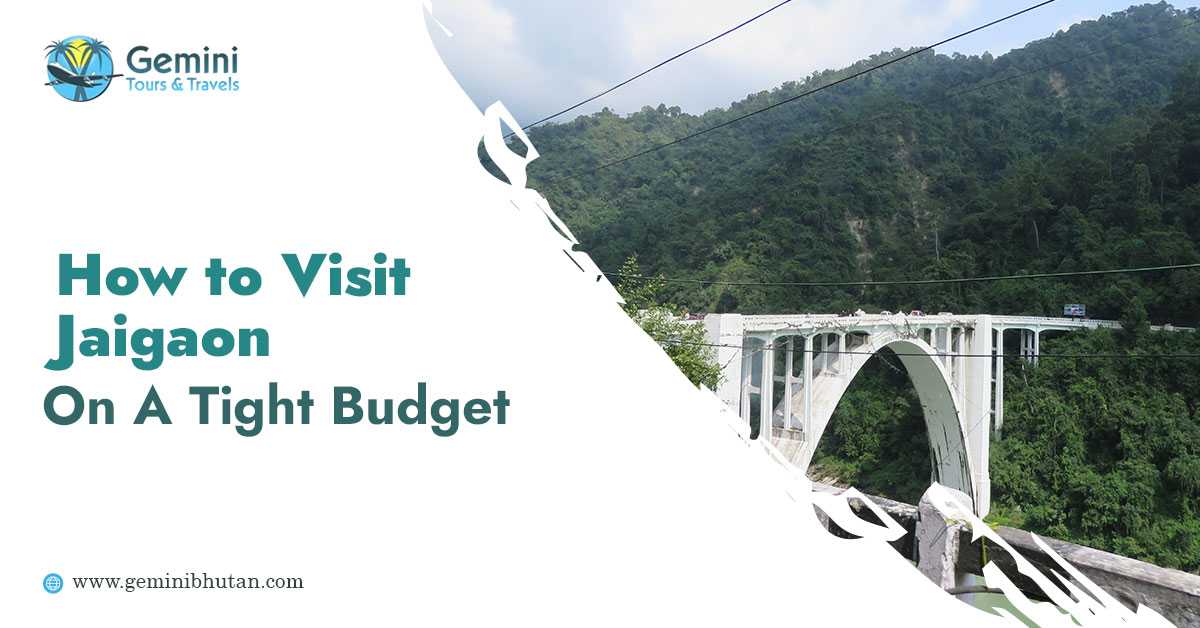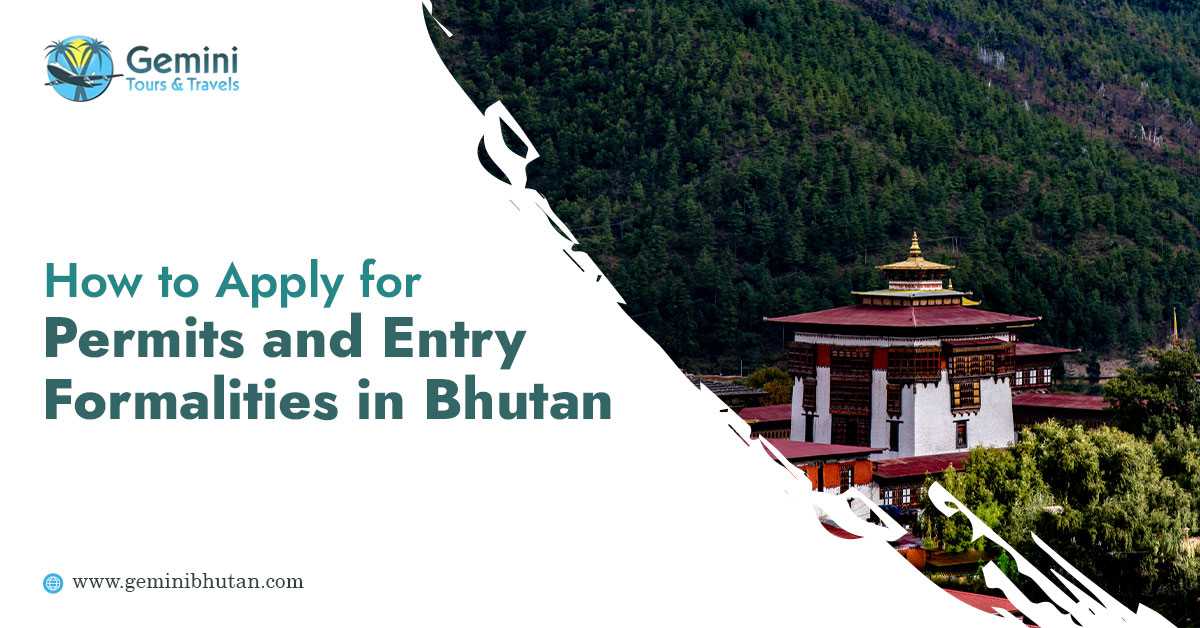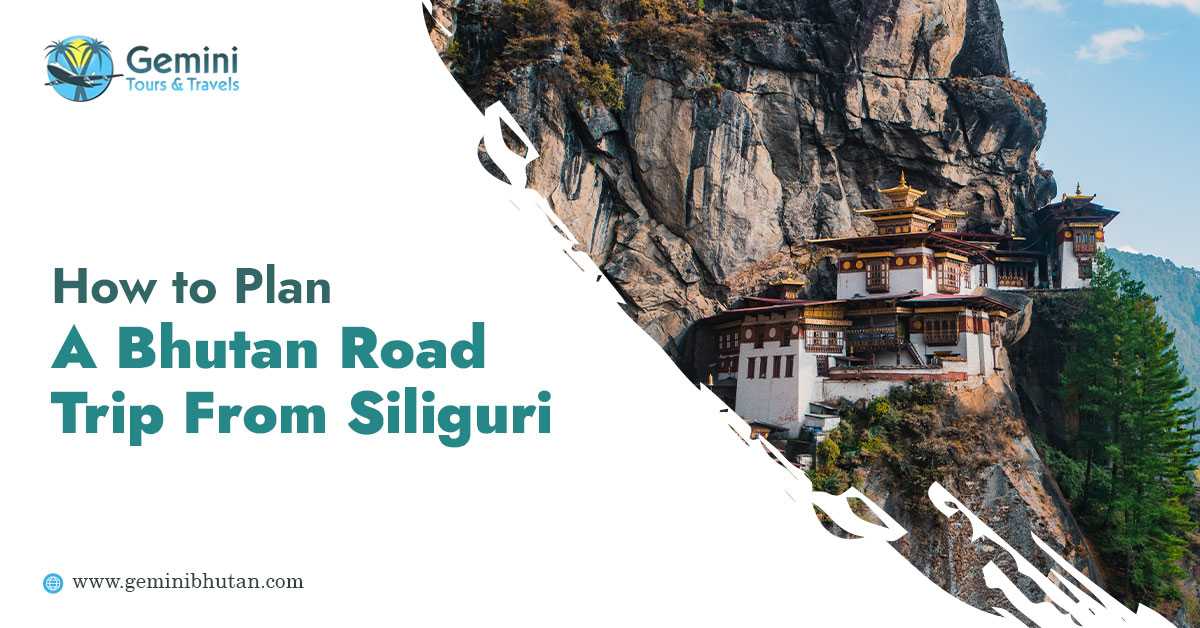Suppose you’re planning a once-in-a-lifetime adventure across South Asia, maybe hopping between India, Nepal, or even Thailand. In that case, you may wonder how to make your trip more unique and memorable. Here’s a simple but powerful idea: add Bhutan to the mix.
Tucked quietly between India and China, Bhutan is a place where ancient monasteries cling to cliffs, prayer flags color the skies, and happiness isn’t just a feeling, it’s a national philosophy. The country’s mystical charm fits perfectly into a broader South Asian journey, and with the help of the best Bhutan tour operator, you can easily blend this peaceful Himalayan kingdom into your itinerary without stress or confusion.
Including Bhutan in a multi-country trip isn’t just about visiting another destination, it’s about balancing your journey. After days spent exploring bustling cities or trekking through mountain passes, Bhutan feels like a breath of calm mountain air, a reset for both mind and soul.
Why Bhutan Belongs in Your Multi-Country Itinerary?
Bhutan is unlike any other place in the world. The moment you arrive, you’ll sense a quiet rhythm, fewer crowds, cleaner air, and people who seem genuinely content. It’s not about sightseeing alone; it’s about slowing down and soaking in a deeper way of life.
If your travels already include India’s lively chaos or Nepal’s adventure-packed trails, Bhutan brings the perfect counterbalance: tranquil monasteries, smiling monks, and a kind of peace that’s hard to describe until you experience it.
Here’s why Bhutan deserves a spot in your multi-country itinerary:
- Perfect location: Bhutan is easily accessible from India, Nepal, and Bangladesh.
- Unique travel experience: It’s one of the few places still untouched by mass tourism.
- Rich culture: Every valley tells a story, from Thimphu’s bustling streets to Punakha’s timeless dzongs.
- Sustainability first: Bhutan’s “high value, low volume” tourism policy ensures your visit benefits both nature and local communities.
Planning the Perfect Route
Depending on where your trip begins, there are several ways to include Bhutan without adding unnecessary travel stress.
1. India + Bhutan: The Classic Route
This is by far the most convenient combination. Bhutan shares open borders with India, and travel between the two is incredibly smooth.
By Air: You can fly to Paro, Bhutan’s only international airport, from major Indian cities such as Delhi, Kolkata, Guwahati, or Bagdogra. The short flight offers some of the most breathtaking aerial views in the world, you might even spot Mount Everest on a clear day.
By Road: For travelers who love road trips, entering Bhutan via the Jaigaon–Phuentsholing border is an amazing experience. The gradual transition from India’s plains to Bhutan’s hills feels almost symbolic, like stepping into another world.
Suggested Route:
Delhi → Bagdogra → Phuentsholing → Thimphu → Punakha → Paro → Return to India
This route gives you a perfect mix of culture, scenic drives, and spiritual calm.
2. Nepal + Bhutan: The Himalayan Pair
Nepal and Bhutan share more than just geography, both offer stunning mountain landscapes and deep spiritual roots.
You can fly directly from Kathmandu to Paro, a short journey that’s often called one of the most scenic flights in the world.
Suggested Route:
Kathmandu → Paro → Thimphu → Punakha → Back to Kathmandu
If you’re trekking in Nepal first, ending your trip in Bhutan provides the perfect, peaceful finale.
3. Bangladesh + Bhutan: The Cultural Link
Travelers from Bangladesh can reach Bhutan both by air and land. Flights from Dhaka to Paro operate several times a week, or you can cross via India through Kolkata or Siliguri.
Suggested Route:
Dhaka → Kolkata → Phuentsholing → Thimphu → Paro → Return to Dhaka
It’s a wonderful blend of Bengali warmth and Bhutanese tranquility.
4. Thailand + Bhutan: The Spiritual Contrast
Thailand and Bhutan make a surprisingly harmonious duo. There are direct flights from Bangkok to Paro, making it easy to combine tropical vibrancy with Himalayan serenity.
Suggested Route:
Bangkok → Paro → Thimphu → Punakha → Return to Bangkok
Imagine beginning your journey amid the golden temples and street food of Bangkok, and ending it surrounded by the quiet majesty of Bhutan’s monasteries, a truly soul-nourishing experience.
How Long Should You Stay in Bhutan?
Bhutan is small, but it’s a place that shouldn’t be rushed. Even a few extra days can make a huge difference in what you experience.
- 3 Days: Thimphu and Paro, great for a short glimpse of Bhutan.
- 5 Days: Add Punakha to explore Bhutan’s spiritual and natural beauty.
- 7–10 Days: Go deeper into valleys like Bumthang or Gangtey for authentic rural experiences.
If you’re combining Bhutan with other countries, try to allocate at least 5 to 7 days for Bhutan, enough to feel its rhythm without rushing.
Entry Requirements & Travel Permits
Bhutan’s tourism system is designed to preserve its culture and environment, so understanding entry rules is key.
- For Indian Citizens: No visa required, just carry a valid passport or voter ID. You’ll receive a travel permit upon arrival at Phuentsholing or Paro Airport.
- For Other Nationals: A visa is required, but your tour operator handles everything, including flight bookings and daily travel arrangements.
It’s simple: once you book through a licensed operator, your paperwork, hotels, guide, and even transport are organized for you.
How to Connect Bhutan Smoothly with Other Countries?
Multi-country travel takes coordination, but with a little foresight, it’s easy.
1. Pick convenient hubs: Choose nearby airports like Bagdogra, Kolkata, or Kathmandu for flights to Paro.
2. Plan for altitude changes: Travel gradually from lowlands to highlands — for example, India → Bhutan → Nepal.
3. Add buffer days: Paro Airport can face weather delays, so always leave a day or two of flexibility.
4. Use one operator: Coordinating your full trip through a single agency simplifies transfers and border processes.
Must-Visit Places in Bhutan
Every corner of Bhutan has its own story, but here are a few must-sees for a first-timer:
1. Paro Taktsang (Tiger’s Nest Monastery): A world-famous icon perched dramatically on a cliff, the hike is challenging, but the views are spiritual in every sense.
2. Thimphu: Bhutan’s modern capital, where ancient traditions blend effortlessly with cozy cafes and handicraft markets.
3. Punakha Dzong: Perhaps the most photogenic fortress in Bhutan, sitting gracefully where two rivers meet.
4. Dochula Pass: Offers stunning mountain panoramas and 108 chortens built in honor of Bhutanese soldiers.
5. Bumthang Valley: The spiritual heart of Bhutan, serene, green, and dotted with centuries-old temples.
Each destination reveals a different shade of Bhutan’s beauty, from spiritual depth to natural grandeur.
Best Time to Visit Bhutan
Bhutan’s charm shifts beautifully with the seasons.
Spring (March–May): Rhododendrons bloom, skies are clear, ideal for sightseeing.
Autumn (September–November): Perfect weather and vibrant festivals like Thimphu Tshechu.
Winter (December–February): Peaceful and cold, great for quiet exploration.
Summer (June–August): Green landscapes and occasional monsoon showers.
For multi-country itineraries, spring and autumn are the best choices since the weather across South Asia is mild and predictable.
Why Choose a Local Operator?
Unlike many destinations, Bhutan’s tourism policy encourages travelers to book through licensed operators. This ensures you get authentic experiences while respecting local customs and sustainability goals.
A local operator handles:
1. Visa processing and travel permits
2. Hotels and transportation
3. English-speaking guides
4. Cultural and traditional experiences
Working with the best Bhutan tour operator guarantees not just convenience, but a deeper understanding of the country, its people, values, and hidden gems.
Sample Multi-Country Itinerary (10 Days)
Here’s an easy, well-paced example combining India and Bhutan:
Day 1: Arrive in Bagdogra → Drive to Phuentsholing
Day 2: Enter Bhutan → Drive to Thimphu
Day 3: Thimphu sightseeing — Buddha Dordenma, local markets
Day 4: Drive to Punakha via Dochula Pass
Day 5: Explore Punakha Dzong and the suspension bridge
Day 6: Drive to Paro → Visit National Museum and Rinpung Dzong
Day 7: Hike to Tiger’s Nest Monastery
Day 8: Fly from Paro to Kathmandu or Kolkata
Day 9–10: Explore your next destination and depart
This kind of itinerary offers the perfect mix of movement, culture, and rest.
Final Thoughts
Bhutan may be small, but it transforms your entire travel story. Adding it to your multi-country trip brings peace, reflection, and a deeper connection with nature and culture. It’s not just about visiting another place, it’s about rediscovering balance in your journey.
Ready to plan your dream trip? Gemini Bhutan, one of the best Bhutan tour operators, can help you design a seamless itinerary that brings Bhutan’s magic to life.
Comments (0)




